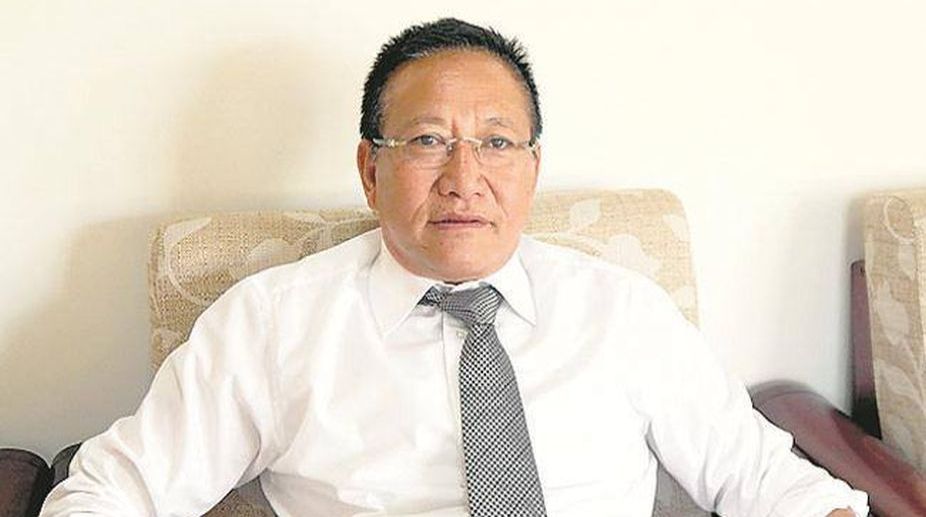Former Nagaland chief minister TR Zeliang is yet to forget the bitter memory of how he was forced to step down a month ago after being in the hot seat for more than two years. During his visit to Manipur's Tamenglong district, adjacent to Nagaland last month, to campaign for his party (Naga People's Front) candidates, he said that he was a victim of majoritarian politics, stressing the point further that he belonged to a minority tribe.
The objective possibly was to convey the message that minority tribe leaders in Manipur might also face such bias in majoritarian politics. Not many, however, were ready to buy this. It kicked off a serious debate on the complicated tribal composition that has long been existent in Nagaland.
Before the 2014 general election when three-time chief minister Neiphiu Rio (now lone MP from Nagaland) announced that he would vacate his chief ministerial seat to contest the election, there were four contenders- TR Zeliang, Noke Wangnao, G Kaito Aye and Kuzholuzo (Azo) Neinu-all cabinet ministers. Zeliang belongs to the Zeliang tribe, Wangnao to the Konyak tribe, Aye from the Sumi tribe and Neinu from the Chakhesang tribe.
Out of them Zeliangs's is the smallest tribe. The last contender is the smallest yet it has four MLAS, including him. When the tussle for power was on in the ruling NPF, an ally of the BJP, it favoured Zeliang. Most thought he would make an ideal chief minister while not forgetting the veteran Konyak strongman, Wangnao. He was prepared to take over the reins and even dismissed rumours about his poor health.
The other contenders, Aye and Neinu, also did not lack leadership quality. Finally, a large number of NPF, BJP and independent legislators rushed to Assam's Kaziranga and camped in a resort there. They all supported Zeliang. Finally, he emerged as a leader. Choosing Zeliang was, in no way, done on the line of tribal-colour or majority-tribe or minority-tribe basis. He was chosen because the majority agreed to support him for his leadership quality and calibre. Nobody talked tribe when he was chosen as leader of the NPF legislature party and later as leader of the Democratic Alliance of Nagaland. They only talked about one thing — that he was a capable leader.
Although Zeliang faced unprecedented a political crisis in early 2015 when his leadership was challenged by majority NPF legislators, he came out of that successfully. His taking into his ministry the entire eightmember Congress opposition team when he faced a serious challenge to his position was a clever political manoeuvre. He told Prime Minister Narendra Modi that he could show him a “formula of how to run an Opposition-less government” and in return, he should also show them a “formula for the solution to the Naga political issue.”
Zeliang should not think that his political career has ended after quitting the chief minister's chair. There were many leaders in Nagaland who have returned as chief minister even after a long gap. Today Nagaland has a chief minister (Shurhozelie Liezietsu) who is not a member of the assembly. Zeliang should not give up hopes of returning to power as politics never sleeps.










